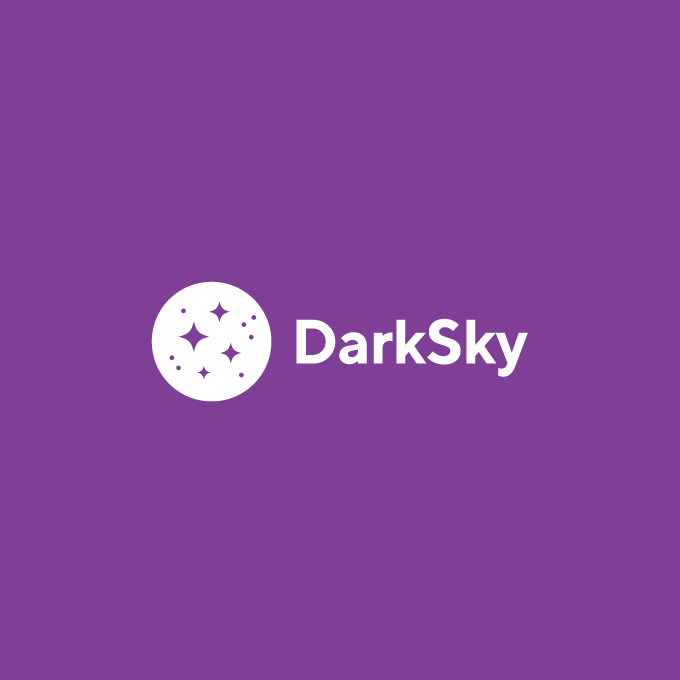
Guidance for U.S. homeowners associations

From time to time we are asked whether DarkSky has any guidance available to U.S. homeowners associations (HOAs) for the development of covenants, conditions, and restrictions (CC&Rs) relating to outdoor lighting. These are community rules in master-planned housing developments to which homeowners are bound and whose obligations survive ownership transfers. They are similar to land-use ordinances in that they have legal effect, but we would call them private, rather than public, policies.
However, their language often resembles public land-use policies and stands in for more restrictive language in developments, especially when they are situated outside of incorporated municipalities, where corresponding county policies may be weak. CC&Rs also serve to establish community standards and expectations of behaviors and obligations on the part of homeowners. They are enforced, and can be modified, through acts of HOA boards of directors.
Many U.S. HOAs do not include any outdoor lighting requirements in their CC&Rs. Those that do, tend to limit restrictions only to preventing light trespass, which is a condition in which light originating on one property is received on another. But there is often little or no practical guidance to homeowners as to how to effectively deal with the problem. Lighting falls under the broad heading of “use restrictions” that are commonly found in U.S. HOAs and that have been upheld by courts.
In response to requests for help from advocates and others, the DarkSky Public Policy Committee has approved model CC&Rs suitable for use by HOAs around the U.S. In order to make it adaptable to local legal requirements, it is less prescriptive than DarkSky’s other model outdoor lighting policies such as the Model Lighting Ordinance. Rather, its guidance is rooted in the Five Principles for Responsible Outdoor Lighting adopted jointly by DarkSky and the Illuminating Engineering Society in 2020. These principles urge consideration of multiple factors relating to the use of outdoor lighting, including suitability to task, intensity, timing, area coverage, and color. It is, by intent, a non-technical document that uses as few jargon terms as practically possible. And rather than extensive narrative text, it condenses its guidance into a few bullet points that can easily be adapted into words that are understandable to homeowners whose property use is governed by an HOA.
The items in the model CC&Rs reflect the best of our knowledge of how to limit the impact of outdoor lighting while reasonably accommodating the property rights of homeowners. The effect is what we call “neighbor-friendly” outdoor lighting, which aims to defuse lighting disputes between and among property owners and to prevent lighting installations from creating conditions of nuisance before problems can start. Clear and understandable rules are the key to achieving success in light pollution control through HOAs.
Depending on what one’s state law and the CC&Rs dictate, there are usually limits on how long the CC&Rs can be in effect without being renewed or amended. After that initial period, the members of the HOA typically have to vote to renew or terminate the covenants; otherwise, they generally expire and are no longer enforceable. So don’t expect these changes to be indefinitely binding on property owners. However, establishing community standards early in a new development can bring some ‘peer pressure’ to maintain those standards even if the influence of binding property restrictions later fades away.
We envision two scenarios in which advocates can use these model CC&Rs. The first has to do with new housing developments. DarkSky recommends:
- Make contact with land developers to enquire about the process by which they will establish an HOA;
- Approach people buying homes in new developments to promote the idea of lighting controls in CC&Rs and to obtain their support for incorporating them into covenants at the time HOAs are formed; and
- Contact associations of land developers to promote inclusion of lighting restrictions in HOAs as a matter of routine practice.
Because CC&Rs often outline the processes and procedures community members must follow in order to implement changes to the covenants, there are opportunities to introduce outdoor lighting restrictions into community standards even in existing developments. In this case, DarkSky recommends that advocates:
- Recruit property owners in developments to bring the issue before HOA boards, especially those who are willing to bring the model language up for formal consideration; and
- Find out how CC&Rs are amended or modified and how proposals for changes are accepted and evaluated.
In either scenario, advocates should educate themselves as to their own jurisdictions’ legal rules involving the formation and operation of HOAs to know whether lighting restrictions are or are not permitted. It is possible (although we have not seen) that local law could somehow preclude an HOA from enacting or enforcing rules about outdoor lighting; in other words, don’t waste your time on something that isn’t possible to begin with. And keep in mind that public outdoor lighting policies, like city and/or county ordinances, may well apply regardless of what CC&Rs do or don’t require.
Although DarkSky is unable to comment on or assist with development of CC&Rs in specific cases, we welcome your feedback on this document and intend to update it over time based on its performance.
Model Homeowners Association Covenants, Conditions and Restrictions (2020) (PDF)



















